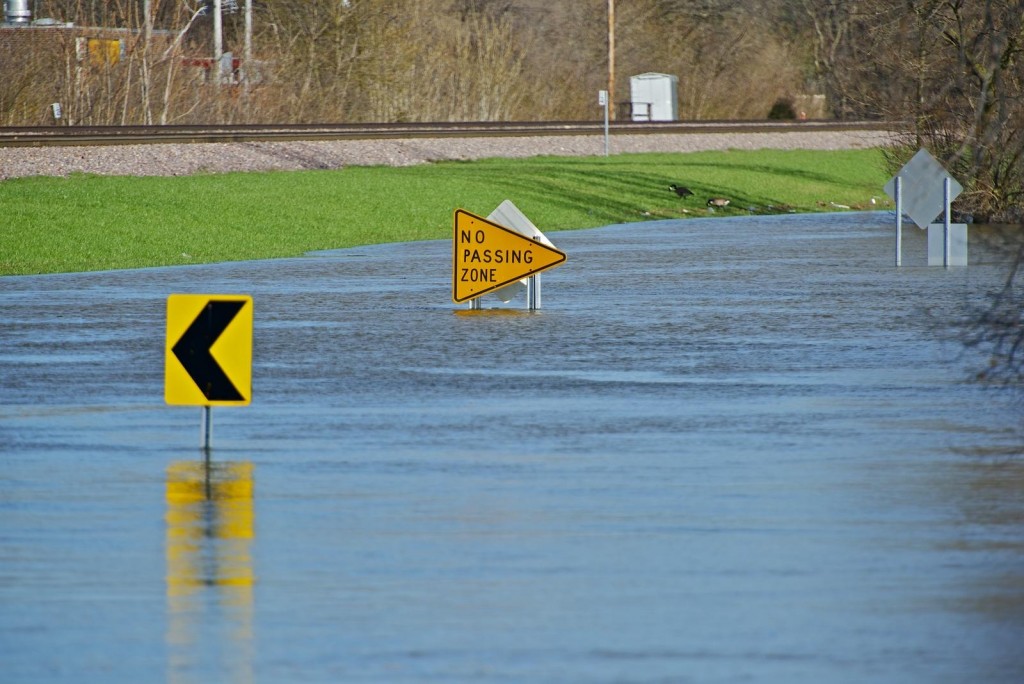According to data gathered by the National Oceanic and Atmospheric Administration (NOAA), floods caused $2,861,426,089 worth of damage in 2014. Over the last 30 years, the NOAA estimates that floods have caused $7.96 billion in damages each year.
With the devastating effects of flooding well-documented, it is important that city government, industrial, and commercial sectors should have robust stormwater systems in place. With these systems in place, water is safely stored and disposed of before a flood can cause significant property damage.
More Than Just Physical Damage
Although many people focus on the physical damage flooding causes, people should also be wary of the damage flooding can do to a city’s water supply. Running water can easily pick up a variety of contaminants, including bacteria and viruses that cause water-borne diseases. This renders floodwater, and any other water source it comes into contact with, unsafe for human consumption.
Similarly, contaminated floodwater cannot simply be redirected back into streams or rivers. Chemical pollutants found in floodwater can have a devastating effect on nature, e.g. certain organic compounds can cause the rapid growth of algae in water, depriving fish of much-needed oxygen.
Making Water Safe Again
Fortunately, the problem of contaminants can also be addressed through the use of efficient stormwater systems. Some stormwater systems like StormChamber® can be outfitted with sediment filters both at the entry and exit points of the system. This intelligent design feature effectively doubles the filtration capacity.
The use of sediment filters is an effective way to remove a variety of contaminants from water. According to research conducted by the University of Nebraska-Lincoln, sediment filters can remove at least 85 percent of harmful particles in floodwater such as clay, sand, and metallic contaminants. “Absolute” sediment filters can remove up to 99.9 percent of harmful particles.
Stormwater systems that use sediment filtration can also be used as a pre-treatment solution. With the help of sediment filters removing a large amount of contaminants, other filtration methods like reverse osmosis are able to fully purify water. Afterwards, floodwater can be safely reintroduced into nature or brought to a water treatment facility for redistribution.
Sources:
Drinking Water Treatment: Sediment Filtration, University of Nebraska-Lincoln
Flooding and communicable diseases fact sheet, World Health Organization






